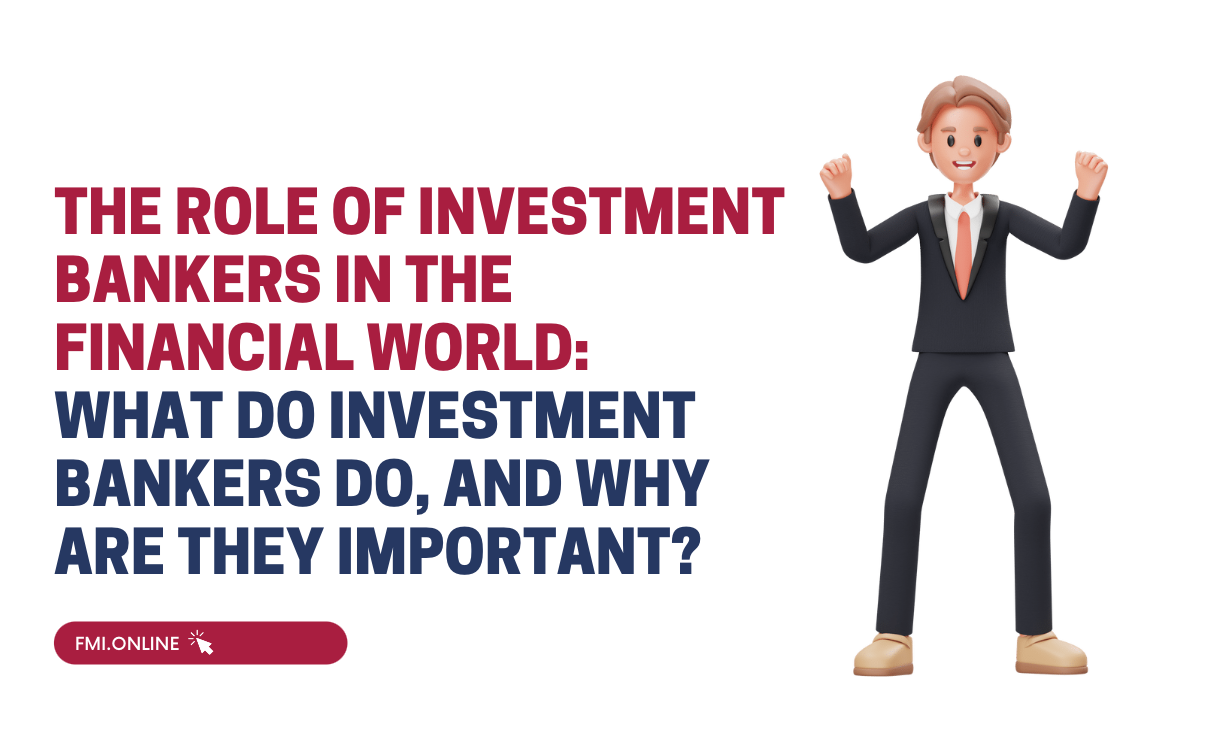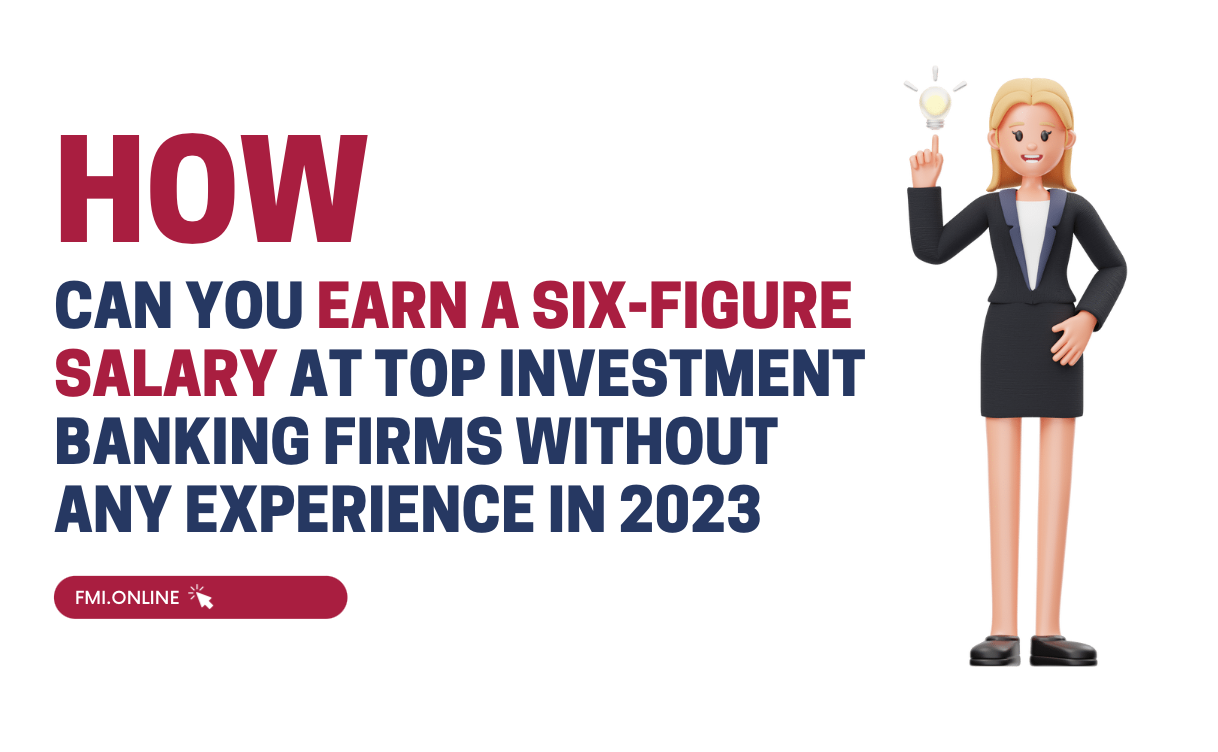The corporate finance lifecycle is the evolution of a company through various stages. It is most commonly divided into four stages: launch, growth, maturity, and decline. Understanding the different stages of the corporate finance lifecycle is crucial for anyone working in the investment banking industry as it can significantly impact business decisions such as investments, M&As, strategic planning, and so on.
Stage One: Start-Up/Launch
This is the beginning stage of any business that involves launching new products or services. The company’s focus is on acquiring new customers at this stage. This is typically done through targeted marketing efforts as well as communicating the company’s value proposition and competitive advantages to the stakeholders. Financially, in this stage the costs far eclipse the revenue as the company has significant initial fixed costs. As a result, the profits are non-existent or extremely low. This is also usually the phase when the company is figuring out its structure and teams, hence, most employees will need to diversify what they do. The primary focus at this stage should be maintaining an extremely tight budget and acquiring customers.
Stage Two: Growth
In this stage, sales are accelerating with new and repeat customers, and companies may start clocking in profit once they make it past the break-even point. The cash flow usually becomes positive at this stage, allowing the company to plan for its future. This may include investing for future growth, building and retaining expert teams, and hiring top-level employees who can help scale the business. For future growth, companies at this stage, may turn to financing options for investment. This can include debt or fundraising by selling equity. The choice a business makes at this stage will depend on existing funds, its ability to pay back the debt or showcase positive results to investors.
Stage Three: Maturity
This is the stage where the company has achieved stability, and operations are more or less in an autopilot mode. Employees are well-versed in their responsibilities, and the company structure is solidified. At this point, most companies may even be able to scoop out regular dividends. This is a result of having predictable and steady cash flows and growth whether through expansion in size, number of locations, or diversified products. However, while a company’s financial position may be the strongest at this stage, it is important to not get complacent and be thinking of dynamic growth. This could mean investing in new technologies, planning acquisitions, planting the business in other markets, among others.
Stage Four: Decline/Re-Birth
If your revenue has plummeted for three or more continuous quarters, you have probably entered the declining phase of a business. This doesn’t necessarily imply the end of the business. Rather, it is an opportunity to think about ways to innovate whether through investing in technology, refreshing the company’s product line entirely, or investing heavily in marketing efforts to spin-off the business as a totally new one. As business owners, it is natural to get attached to the business and its model, however, the only surefire way to grow is to keep evolving as per the needs of the market.
At this stage, some business owners may also decide to cash out their stake or think about re-investments. Cashing out of a business will require a strong troop of investment bankers, financial analysts, accountants and so on. If you decide to pivot, on the other hand, you might need a new set of a sales and marketing team to help you decide your business’s new focus.
Conclusion:
Any business will go through these four major stages of a corporate finance life cycle, namely launch, growth, maturity, and decline. Hence, as an aspiring investment banker it’s not only recommended but almost necessary that you understand each of these stages in-depth, and what it means for the business’s finances, operations, and strategy. You might be called upon during different stages to analyse the company’s financial position. To understand a corporate finance life cycle in further detail and sharpen your expertise, you can refer to this free of cost course on Investment Banking.












 60+ hours
60+ hours 9 courses
9 courses



